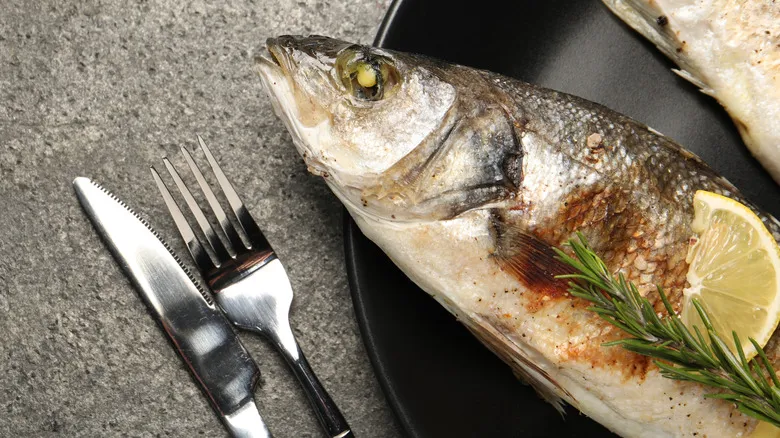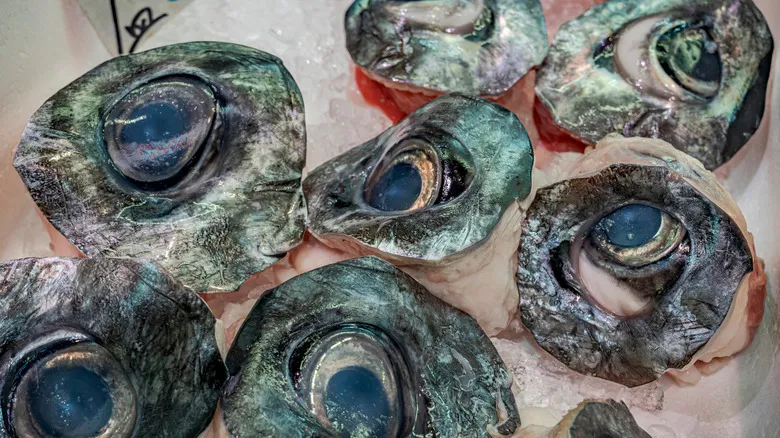What do fish eyes taste like?

The texture of fish eyes can differ based on the species of fish and the cooking method used, but one thing is clear: they are quite gooey and gelatinous. This is to be expected, considering they are composed of 99% water, with the remaining 1% primarily consisting of hyaluronic acid. Just think about the potential radiant glow they could provide for your skin!
Another aspect that affects the flavor of fish eyes is whether the fish is sourced from the ocean or a freshwater lake. Interestingly, you might be surprised to learn that consuming fish eyes is not all that different from enjoying raw oysters. They are soft, chewy, and have a delightful crunch when you first bite into them. As you take a second bite, the eye bursts open, releasing a unique blend of flavors that you won't find anywhere else.
I understand your hesitation—after all, it is an eye! But while you navigate the mental challenge of actually eating one, consider opting for dishes where the eyes are cooked rather than diving into raw recipes. Keeping an open mind can help you move past the initial shock and fully appreciate the experience.
How to eat fish eyes?

After finally gathering the courage to try fish eyes, a great way to ease into the experience is by opting for dishes where they are seasoned and grilled, or included in soups or stews. One recipe to consider is ukha – a traditional Russian fish soup from the 17th century, made with herbs and vegetables. The exciting part is that it features the entire fish head (eyes and all!) floating in the broth. When you scoop the eyes out with your spoon, let them rest in your mouth for a moment to savor the rich, fatty flavors.
However, if you're seeking something more sophisticated than just a few fish eyes in your soup, there are numerous creative ways to experiment with them. Tuna nigiri is one option worth considering. Simply remove the eyeballs from the tuna head, season them, and smoke them for a couple of hours. Then, drizzle the flavorful juices they've released over your nigiri pieces, and you're all set. This is certainly a better choice than heading to the grocery store and questioning the safety of the sushi.
Ultimately, if you're ready to take a more daring approach to fish eyes and embrace your adventurous side, you could always transform them into crispy fish eye chips. Just ensure they are fresh and sourced directly from the store.
Recommended

How To Make Your Own Breakfast 'Tacos' At McDonald's

What Is The Difference Between A Convection Oven And A Conventional Oven?

For More Flavorful Turkey Meatballs, Reach For One Ingredient

Storage Mistakes That Are Ruining Your Food
Next up

